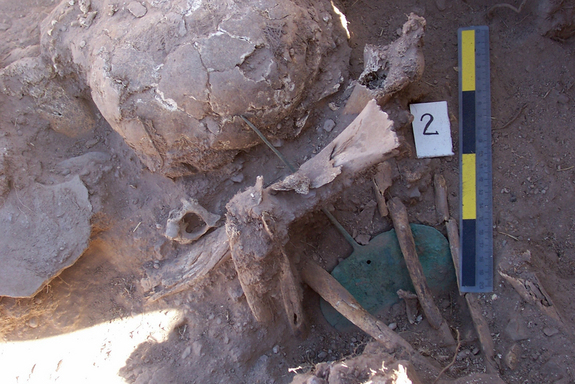
© Willy Yépez ÁlvarezIn addition to the water and rodent damage some of the human remains were taken apart in ancient times, their bones moved to different tombs. This image shows a partially disarticulated mummy. A tupu (an artifact that could have been used to fasten clothing) fell through this mummy’s rib cage when it was moved.
Dozens of tombs filled with up to 40 mummies each have been discovered around a 1,200-year-old ceremonial site in Peru's Cotahuasi Valley.
So far, the archaeologists have excavated seven tombs containing at least 171
mummies from the site, now called Tenahaha.
The tombs are located on small hills surrounding the site. "The dead, likely numbering in the low thousands, towered over the living," wrote archaeologist Justin Jennings, a curator at Toronto's Royal Ontario Museum, in a chapter of the newly published book "Tenahaha and the Wari State: A View of the Middle Horizon from the Cotahuasi Valley" (University of Alabama Press, 2015).
Before rigor mortis set in, the mummies had their knees put up to the level of their shoulders and their arms folded along their chest, the researchers found. The corpses were then bound with rope and wrapped in layers of textiles. The mummies range in age from neonate fetuses to older adults, with some of the youngest mummies (such as infants) being buried in jars. While alive the people appear to have lived in villages close to Tenahaha.
Bits and pieces of mummies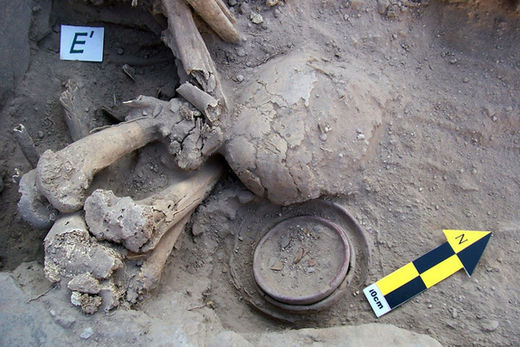
© Willy Yépez ÁlvarezAnalysis of the mummy remains also found little evidence for human violence. This is also surprising as some sites in Peru, which date to this time period, have a high incidence of cranial trauma (hits to the head). This image shows three vessels found by the feet of an individual.
The mummified remains were in poor shape due to damage from water and rodents. Additionally, the researchers found some of the mummies were intentionally broken apart, their bones scattered and moved between the tombs. In one tomb the scientists found almost 400 isolated human remains, including teeth, hands and feet.
"Though many individuals were broken apart, others were left intact," Jennings wrote in the book. "People were moved around the tombs, but they sometimes remained bunched together, and even earth or rocks were used to separate some groups and individuals." Some grave goods were smashed apart, while others were left intact, he said.
Understanding the selective destruction of the mummies and artifacts is a challenge. "
In the Andes, death is a process, it's not as if you bury someone and you're done," Jennings told Live Science in an interview.
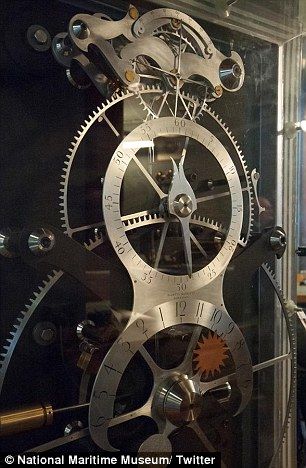
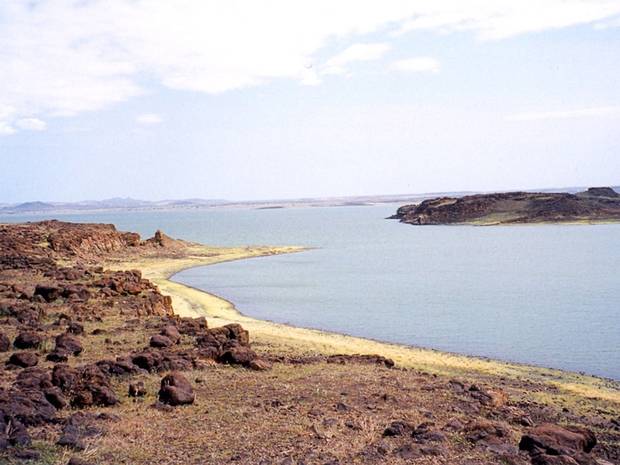
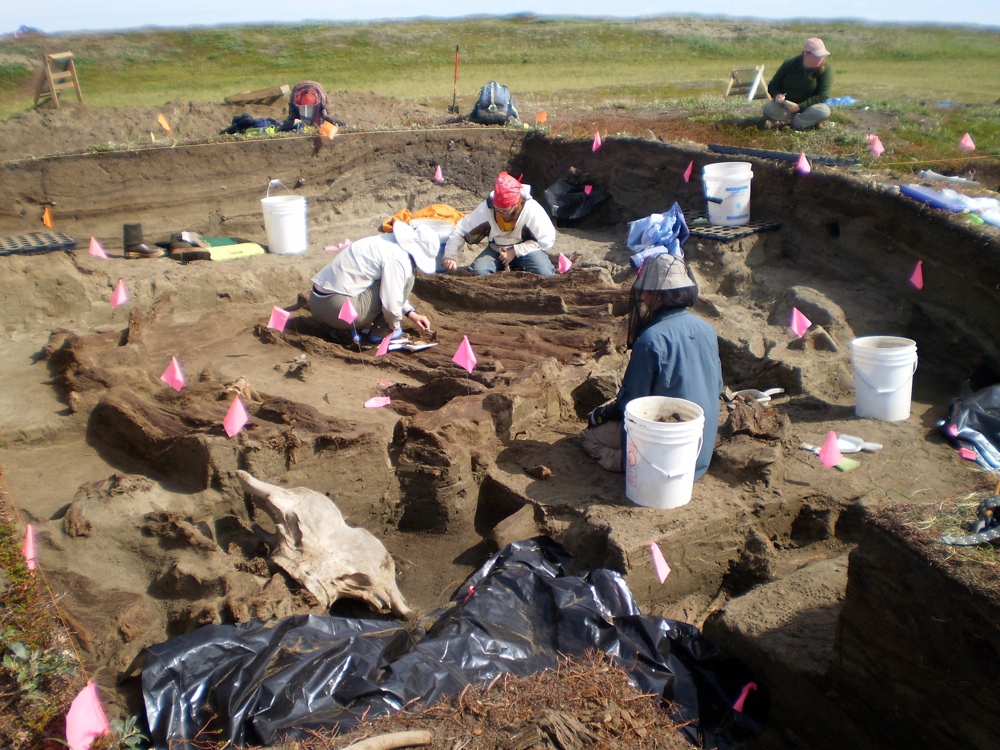
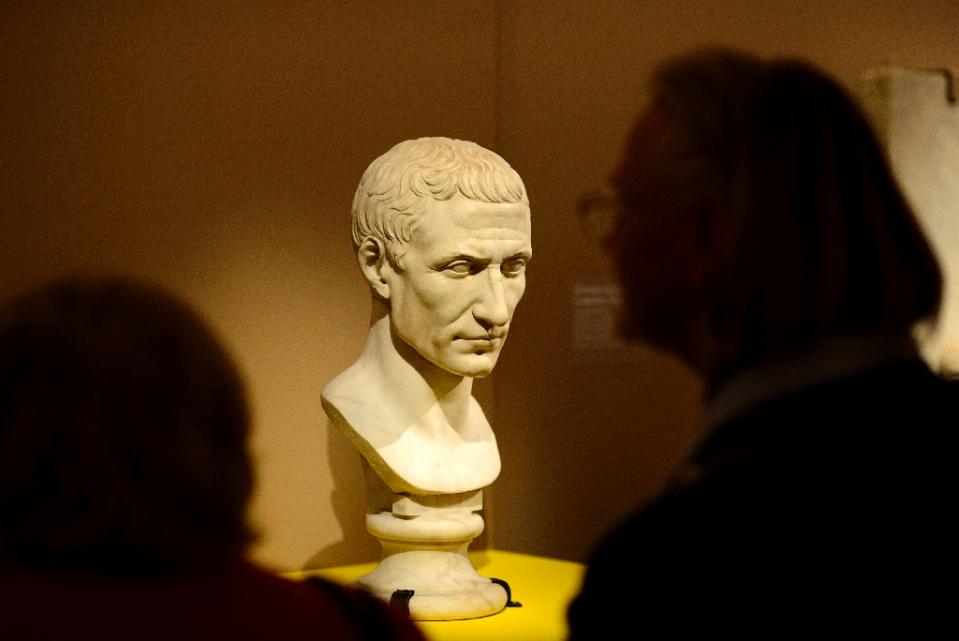
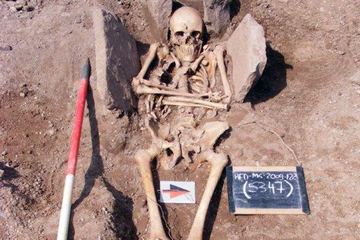
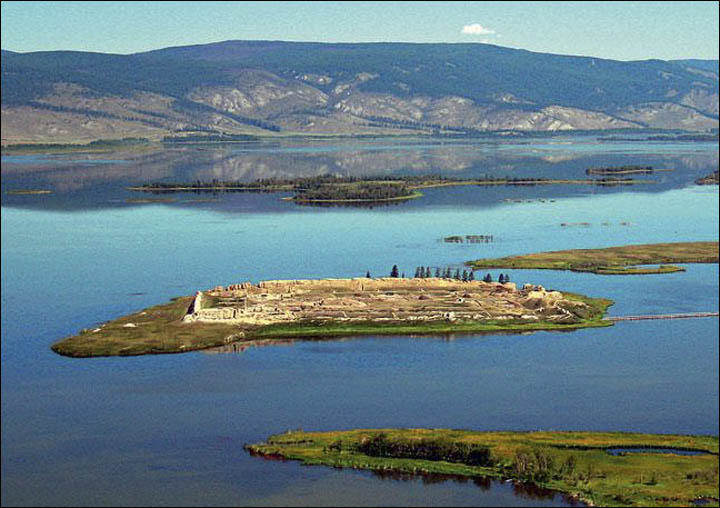
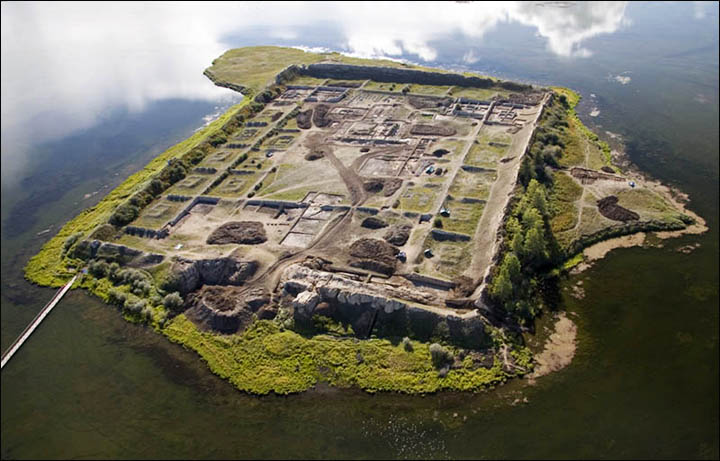


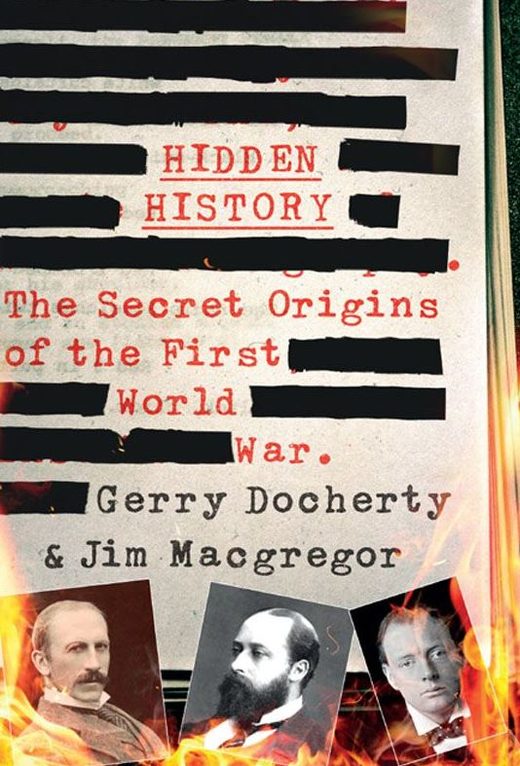
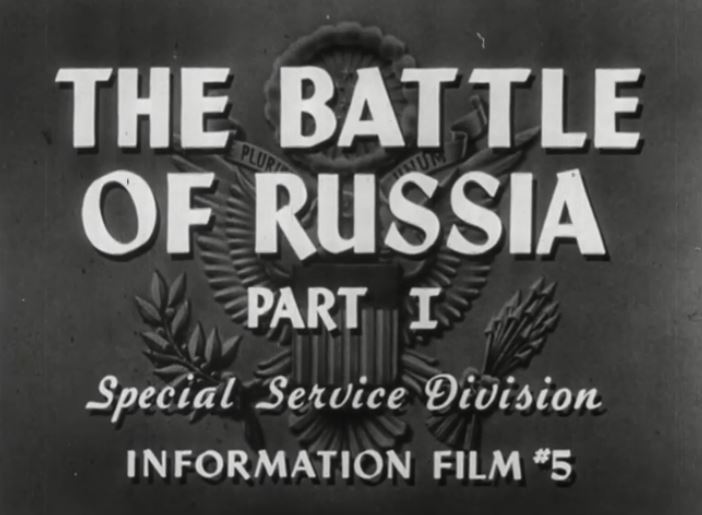
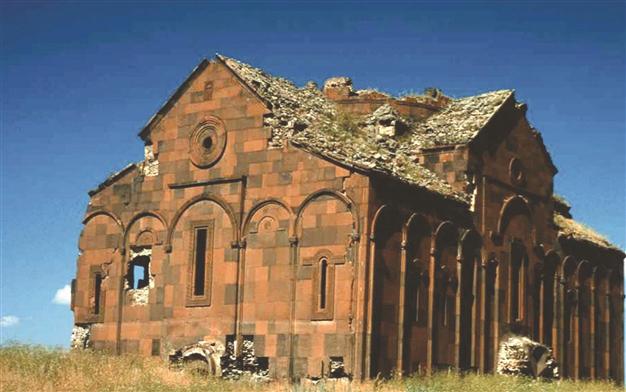



Comment: Interesting information brought to light by examination of skeletal remains.